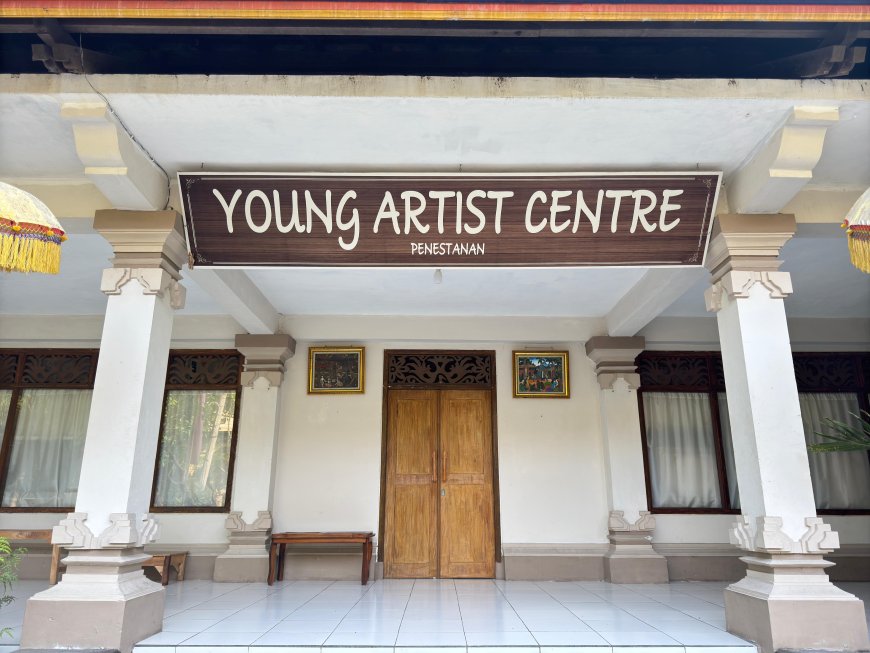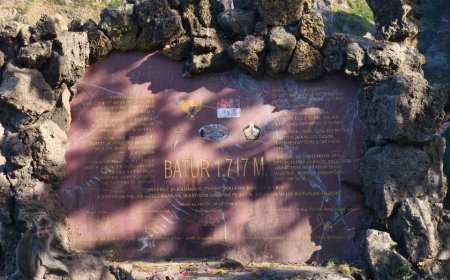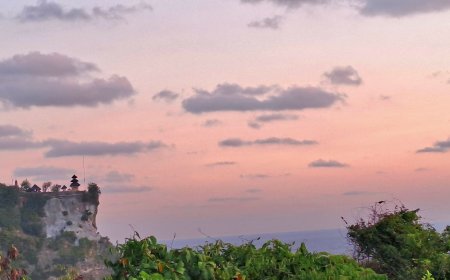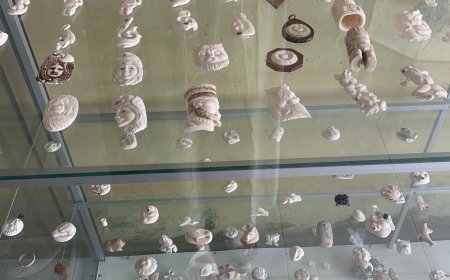Young Artist in Penestanan: Telling Stories Through Canvas
Penestanan, a village in Ubud, Bali, has long been known as an art hub that captivates both local and international artists. Young Artist is one of the art movements that emerged in Penestanan Village in the 1960s, thanks to the initiative of Arie Smit, a Dutch painter who taught painting to village children. Through his innovative teaching methods, Smit transformed the children's paintings into a unique and highly appealing form of art with distinctive characteristics.

The Young Artist movement began in 1960 due to the initiative of Arie Smit, during a time when the people of Penestanan village were experiencing food shortages due to the eruption of Mount Agung. Therefore, the presence of Young Artist paintings became a solution to overcome these difficulties. Arie Smit, captivated by the natural beauty and local culture, invited the young children of the traditional Penestanan village to express their creativity about the nature and rice fields of Ubud through painting.
Initially, Arie Smit taught two young duck herders to explore the world of painting, and the number eventually grew to around 50 people. These children were encouraged to express their feelings based on their own experiences. From here, Young Artist was chosen as the identity of Penestanan Village.

Location of Young Artist Centre in Penestanan (Source: Personal Collection)
The presence of the Young Artist movement not only enriched the landscape of Balinese painting but also had a significant economic impact on the Penestanan community. With the growth of tourism, these paintings began to be marketed as tourist products, helping transform the previously impoverished agrarian village into a prosperous artist village. This success demonstrates how art can serve as a solution to the social and economic issues faced by the community.

Spring as the Source of Life (source: personal collection)
The works within the Young Artist movement have distinctive and captivating characteristics. One of them is the use of bright and striking colors that depict the beauty of Bali's nature with vibrant and engaging nuances. These colors not only function as aesthetic elements but also as a medium to express the emotions and moods of the artists.
Moreover, the shapes in the paintings are often simple and unique, reflecting the imaginative perspective of children. This style offers a unique charm, as each painting invites the viewer to see the world through the eyes of children. More than just visual objects, each work often conveys stories or everyday experiences of the Balinese community, making them a reflection of rich local culture and life. Thus, each canvas becomes not only a means of artistic expression but also a medium for sharing profound life narratives.

Bali Island (Source: Personal Collection)
The Young Artist movement in Penestanan is an example of how art can voice the stories and experiences of the community. Through Arie Smit's teachings, this village has transformed into a center of creativity rich in color and meaning. Painting has become not only a tool for expression but also a means to enhance the quality of life for the community. As this movement continues to grow, Penestanan remains a symbol of the power of art in conveying the stories of everyday life in Bali.































































